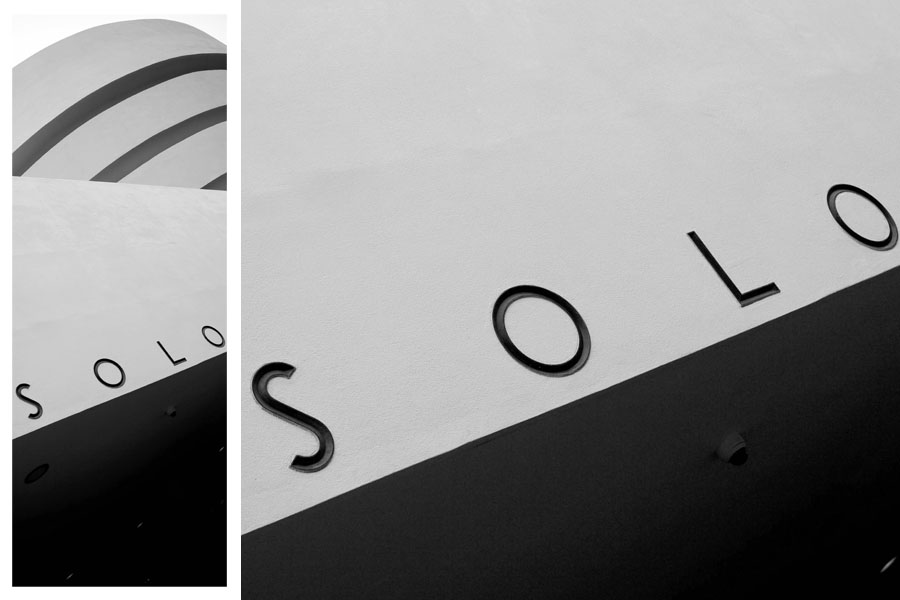


The Solomon R. Guggenheim Museum (often referred to as "The Guggenheim") is a well-known art museum located on the Upper East Side of Manhattan in New York City. It is the permanent home of a renowned and continuously expanding collection of Impressionist, Post-Impressionist, early Modern and contemporary art and also features special exhibitions throughout the year. The museum was established by the Solomon R. Guggenheim Foundation in 1939 as the Museum of Non-Objective Painting, under the guidance of its first director, the artist Hilla von Rebay. It adopted its current name after the death of its founder, Solomon R. Guggenheim, in 1952. Designed by Frank Lloyd Wright, the cylindrical museum building, wider at the top than the bottom, was conceived as a "temple of the spirit" and is one of the 20th century's most important architectural landmarks. The building opened on October 21, 1959, replacing rented spaces used by the museum since its founding. Its unique ramp gallery extends from just under the skylight in the ceiling in a long, continuous spiral along the outer edges of the building until it reaches the ground level. The building underwent extensive expansion and renovations from 1992 to 1993 (when an adjoining tower was built) and from 2005 to 2008. The museum's collection has grown organically, over eight decades, and is founded upon several important private collections, beginning with Solomon R. Guggenheim's original collection. The collection is shared with the museum's sister museums in Bilbao, Spain, and elsewhere. (From Wikipedia, the free encyclopedia)